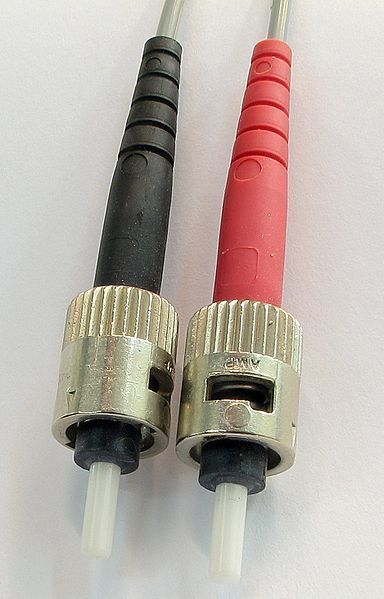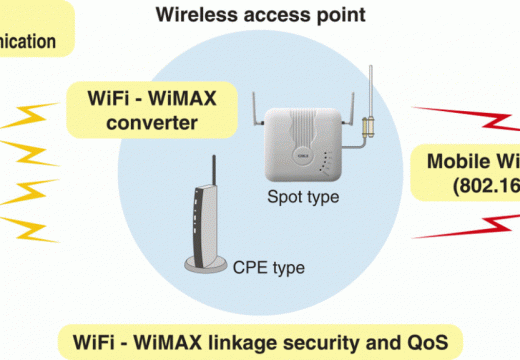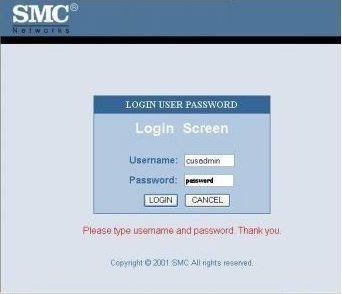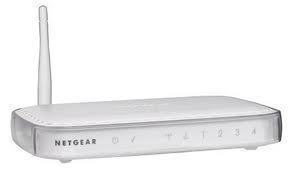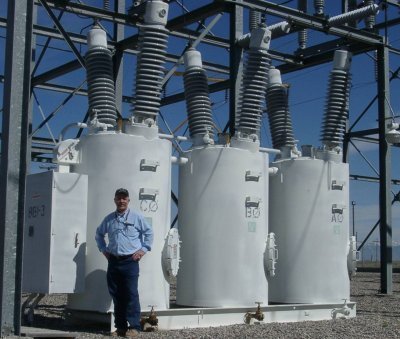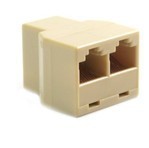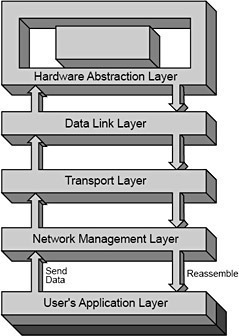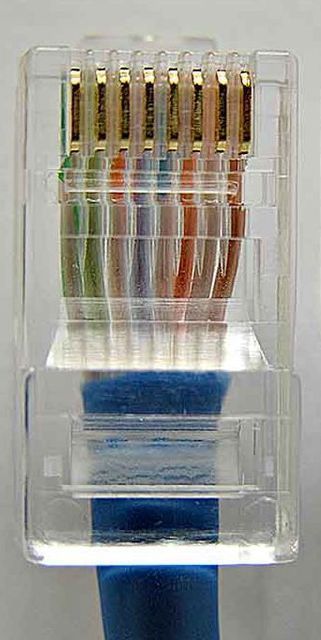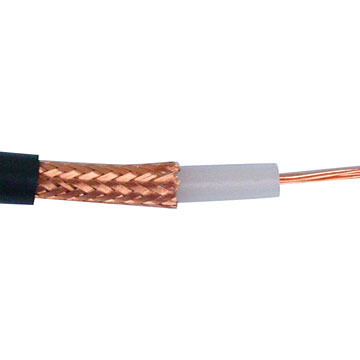ST Connectors
The ST (Straight Tip) connector is a fiber optic connector which uses a plug and socket which is locked in place with a half-twist bayonet lock. The ST connector was the first defactor standard for fiber optic cabling. It was first developed by AT&T. ST connectors were leading connectors in the late 80s and early …

